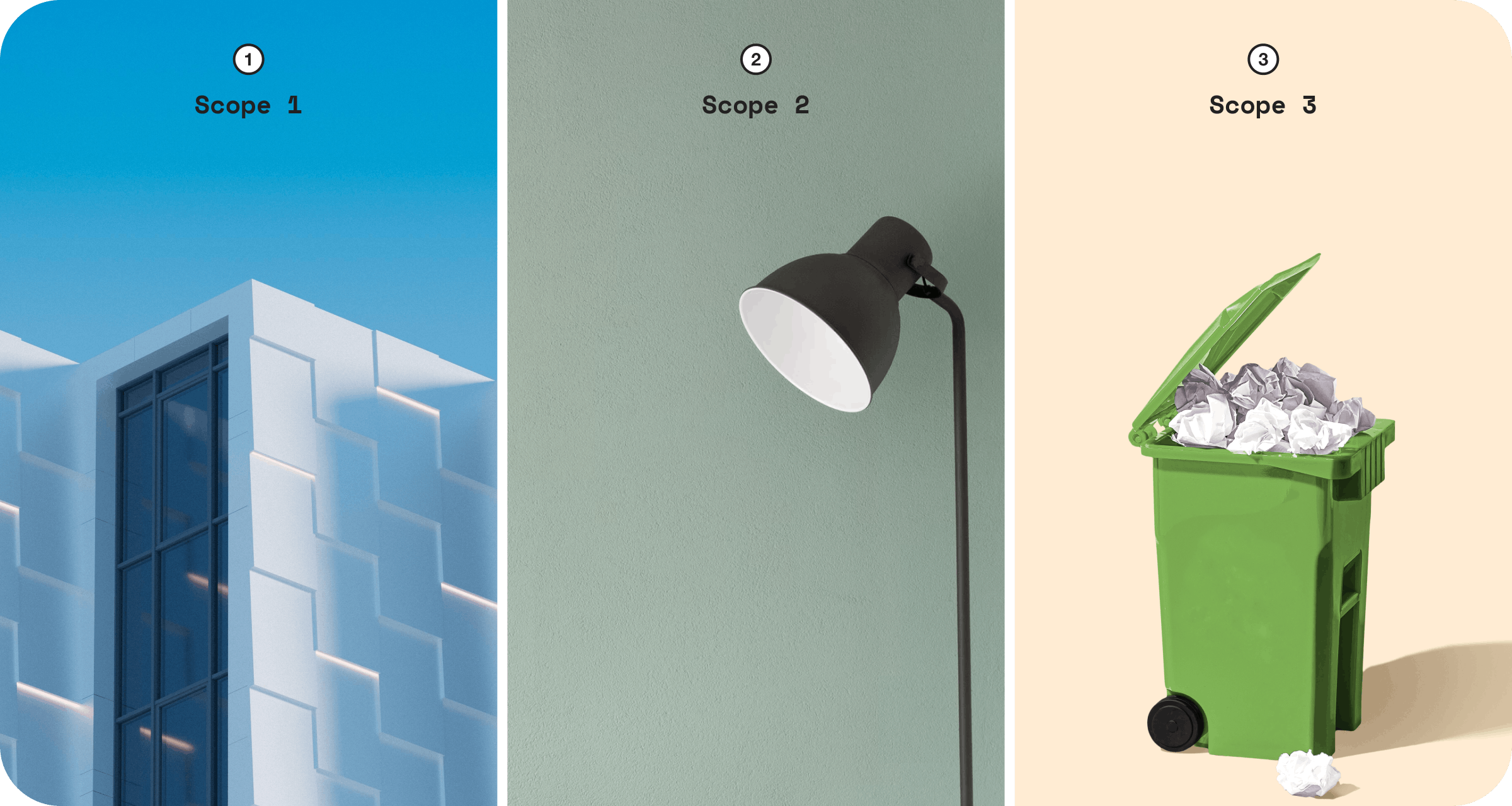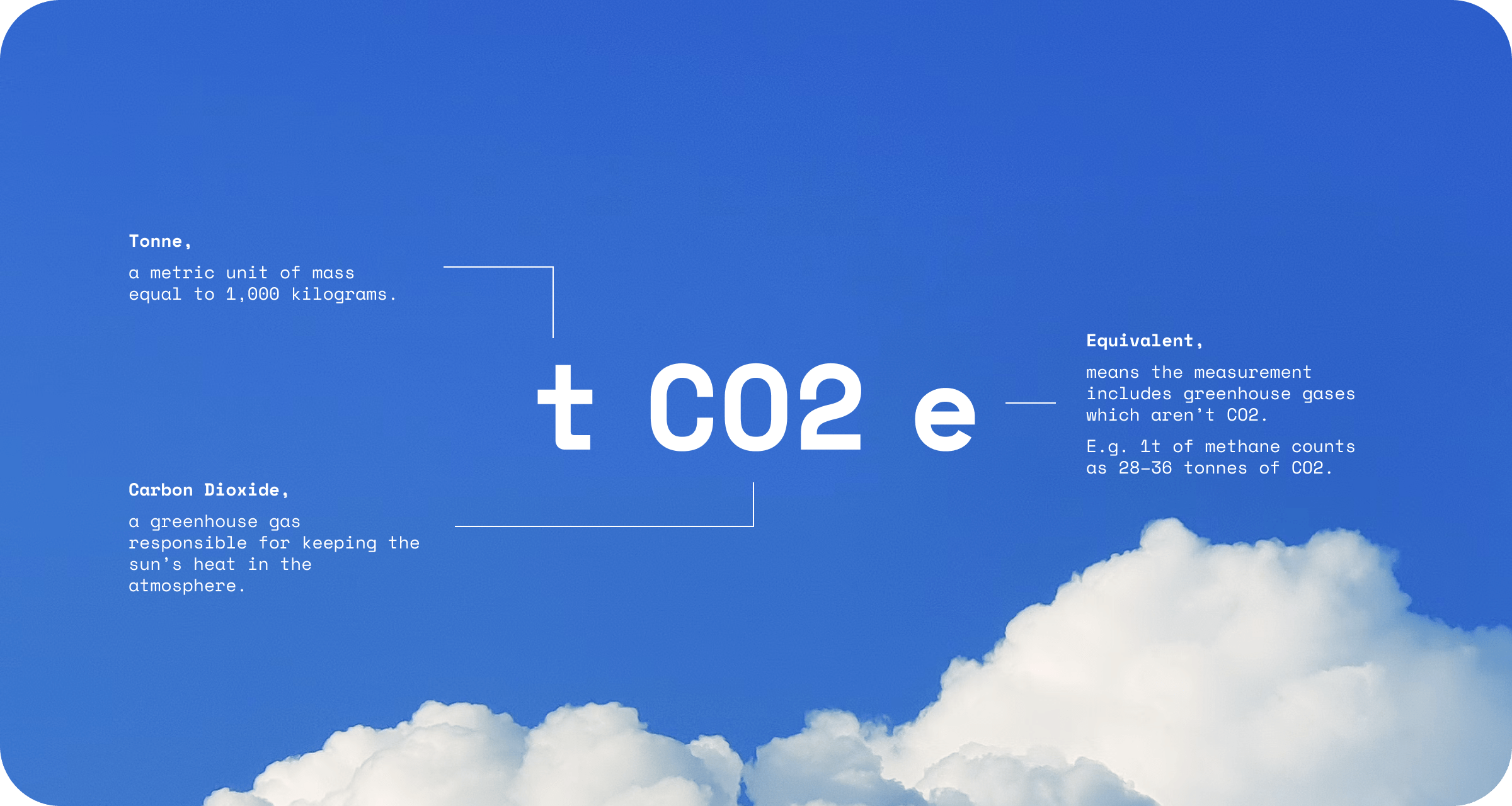All
All
EU CSRD
EU CSRD
Logistics
Logistics
Spend management
Spend management
Business travel
Business travel
Carbon credits
Carbon credits
Lune labs
Lune labs
Subscribe for the latest insights into driving climate positivity
Subscribe for the latest insights into driving climate positivity

Subscribe for emissions intelligence insights
Get the latest updates in the world of carbon tracking, accounting, reporting, and offsetting direct to your inbox.














